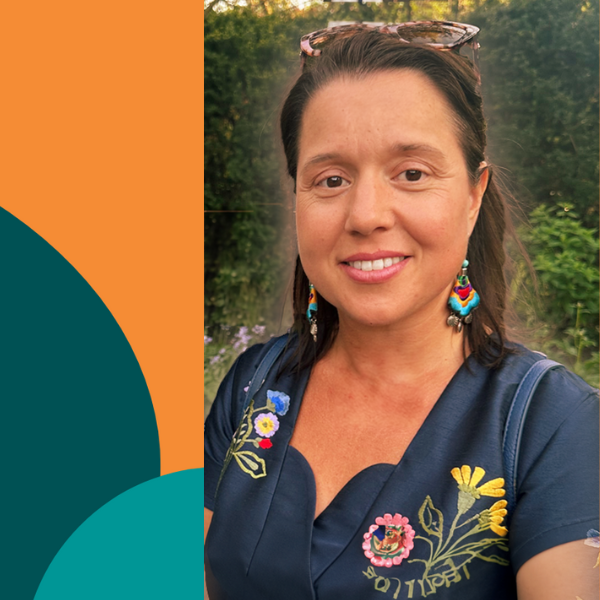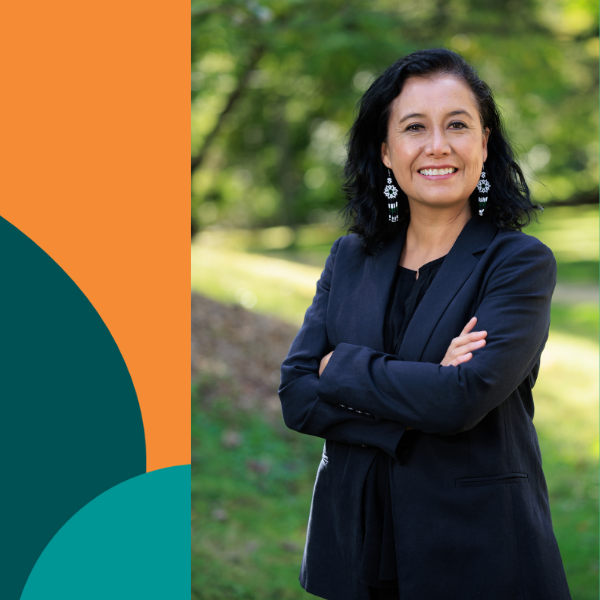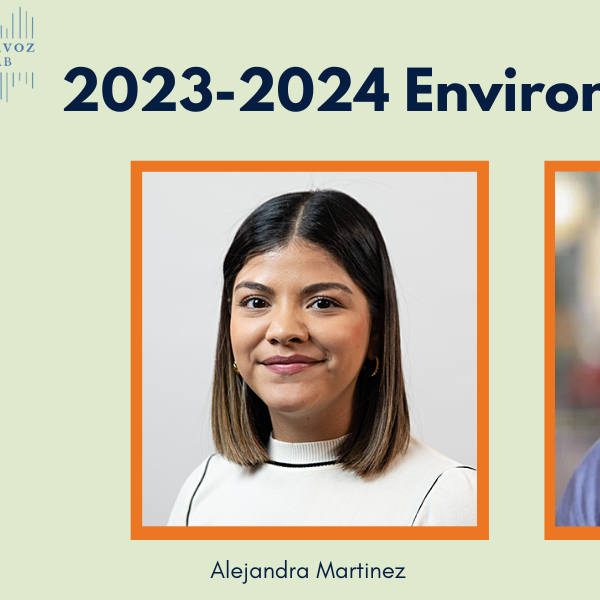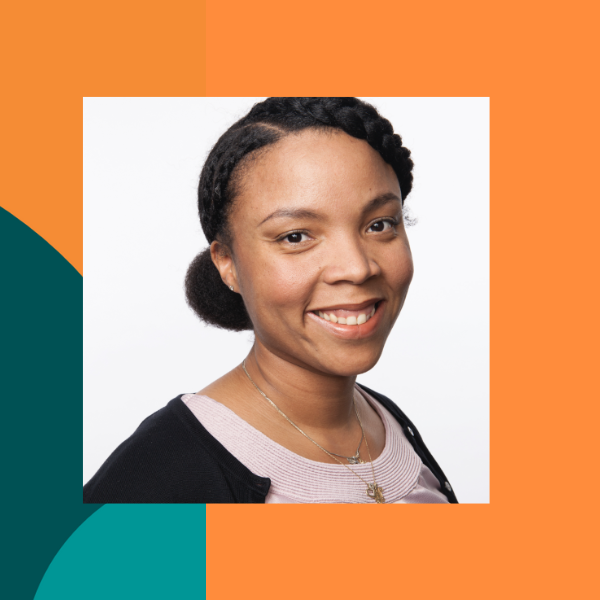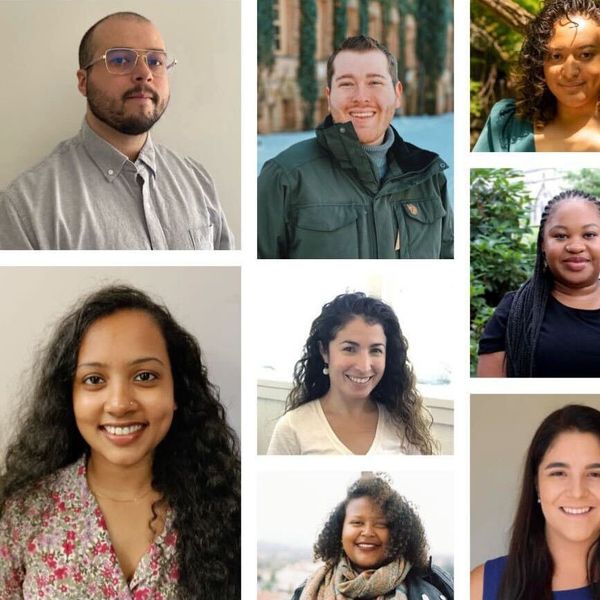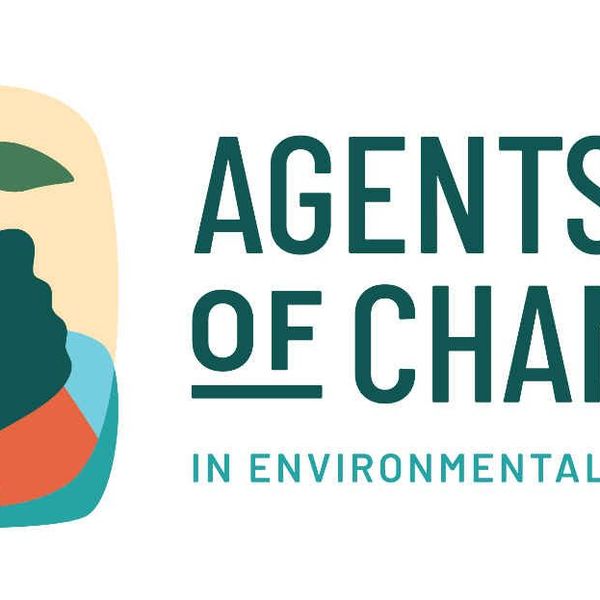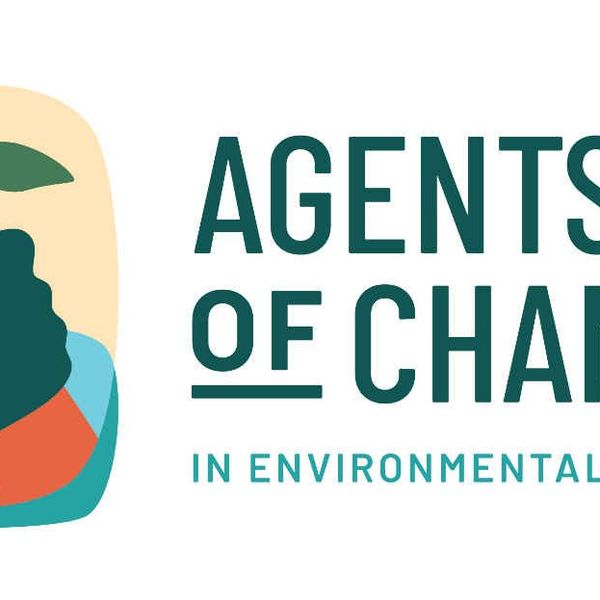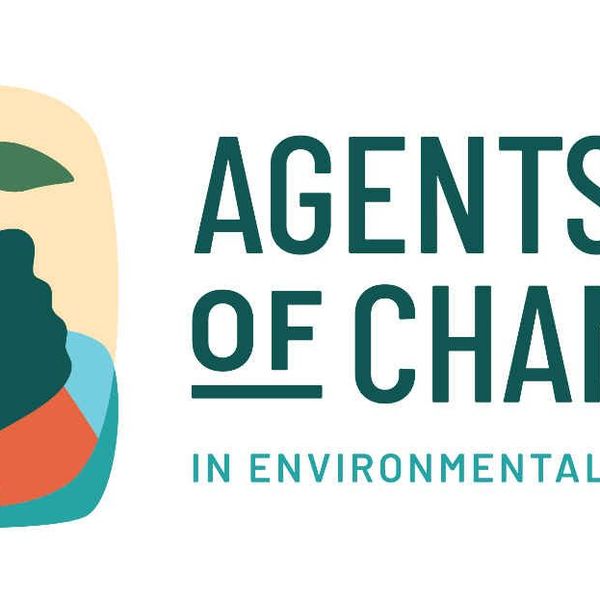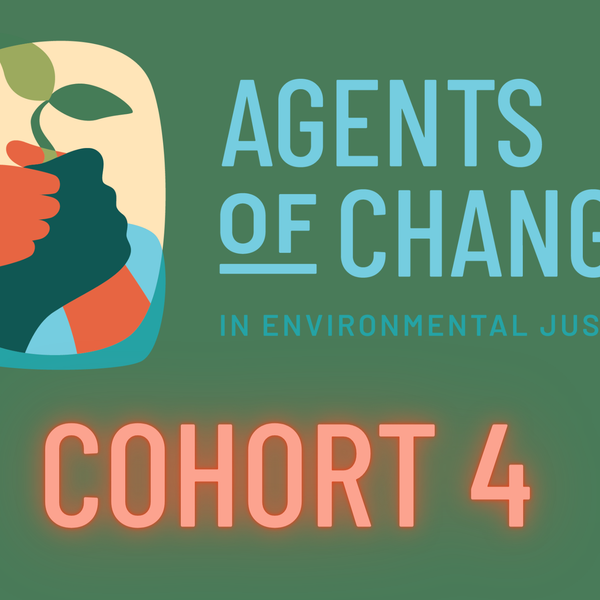"Imperialism leaves behind germs of rot which we must clinically detect and remove from our land but from our minds as well." —Frantz Fanon, The Wretched of the Earth
My body is a complex of overlapping and intersecting histories, migrations, oppressions, and struggles.
My mother's Malaysian Indian ancestors worked in rubber plantations that supplied cheap rubber for the American automotive boom, fueling the rapid industrialization of cities like Detroit. Malaysian Indians were then displaced from the plantations to make room for mechanized and ecologically destructive palm oil cultivation. Generations later, my mother's community, whose labor physically and economically transformed the planet, are now described as "tragic orphans" forgotten by India and treated with oppressive contempt by Malaysia. Malaysian Indians are disproportionately sicker, less educated, poorer, incarcerated, more often stateless, and killed more frequently by the police. Cheap rubber and palm oil are still in most of the products we use, while the physical and psychological toll their production takes on Malaysia's tragic orphans continues unnoticed.
On my father's side, our Sri Lankan Tamil community has endured one of the longest civil wars in modern history, culminating in the indiscriminate massacre of tens of thousands of ethnic Tamil civilians. The island's civil war spurred a state of collective trauma. Sri Lanka, with a population comparable to metropolitan New York City, has one of the world's highest number of enforced disappearances. Sri Lanka is also adjacent to the world's busiest global shipping lane, prompting countries around the world to largely ignore state-sponsored war crimes and human rights atrocities. The erasure of the Tamil community's trauma is an essential feature of international trade.

War ruins adjacent to a cemetery in a Tamil-majority region of Sri Lanka (Credit: Kartik Amarnath)
To describe his intellectual purpose, Dr. Cornel West often paraphrases the philosopher Theodor Adorno: "the condition of truth is to allow suffering to speak." Despite crossing borders, oceans, and generations, my family's suffering still struggles to be heard. When collective suffering goes unacknowledged, it doesn't disappear—it transforms. My family suffers in silence from cancer, heart disease, diabetes, PTSD, depression, anxiety, and addiction. Through illness, our bodies express the trauma that goes unspoken.
From histories of Indigenous dispossession to the racial segregation built into our cities through state-sponsored redlining, oppressions are imprinted into the bodies of the vulnerable in the form of disease. Many of society's prevalent diseases are predicated on unresolved legacies of injustice.
This essay is part of "Agents of Change" — see the full series
In the spirit of Dr. West, I hope to combine my knowledge and skills across urban, environmental, and medical fields to create interdisciplinary forms of health practice in which unseen suffering is allowed to speak. Health practice, from the lab bench to the field, must move beyond siloed, top-down, and piecemeal interventions and toward a justice-oriented ethic informed by and accountable to vulnerable communities.
Science does not exist in a vacuum; we choose where and how to deploy our resources. Our duty to treat symptoms has to extend toward addressing their underlying root causes in structural inequities and oppressive histories.
Anything less would suggest that we're complacent with suffering and tragedy.
The American energy system: where neglect turns to tragedy

Author Kartik Amarnath presenting on climate justice and New York City's heat vulnerability and energy shortfall projections at the City University of New York Graduate Center. (Credit: CUNY Climate Action Lab)
I came to the realization that we need a vision for justice-oriented health practices while working as the Energy Planner of the New York City Environmental Justice Alliance (NYC-EJA), an alliance of grassroots organizations serving the city's most environmentally burdened low-income communities of color.
We worked in communities such as the South Bronx,a neighborhood with multiple sources of pollution, high rates of child asthma, vulnerabilities to sea level rise and extreme heat, and home to the nation's poorest Congressional district. My role was to work with city and state governments to reduce health and economic burdens from polluting energy infrastructure concentrated in low-income communities of color. I stewarded renewable energy projects and policy proposals that addressed systemic injustices. However, despite how creative, transformative, or even feasible our proposals were, we constantly ran into political gridlock.
I will never forget one of the last times I spoke at a public meeting on energy efficiency hosted by New York State's energy regulators. These "public" meetings attracted the usual technocrats: utility companies, academics, developers, engineers, and bureaucrats. I pointed out that these meetings always prioritized dollars and cents but, for the most vulnerable New Yorkers absent from the room, this was about life and death.
This essay is also available in Spanish
I told them that in Brooklyn alone hundreds of thousands of vulnerable people faced the overlapping threats of gentrification, extreme heat, stormwater surge, and an energy shortfall. Lives were on the line.
As usual, those present wouldn't acknowledge human suffering. Energy bureaucrats refused to commit to any lifesaving measures if it complicated the bottom line of the very industry they are mandated to regulate.
Meanwhile, Brooklyn's looming threats became reality far sooner than I expected.
In 2019, facing an energy shortfall during one of the worst heat waves on record, Con Edison shut off power for a working-class community of color that, according to New York City government data, is also one of the most vulnerable to extreme heat. The utility company, in their calculation of dollars and cents over life and death, shut off power for the most vulnerable in order to preserve it for everyone else. The multibillion-dollar company claimed they weren't aware of the publicly available health data on heat vulnerability—though my colleagues and I had been telling them for years.
The dark side of turning on the lights

The Harlem River Yard Power Station. (Credit: Ben Schumin/flickr)
Many people think of the energy sector as benign, providing fuel to turn on lights and power appliances. However, switching on a light, and all that is required to make that simple act possible, has a dark side.
The American power grid—the largest machine on Earth—relies heavily on aging infrastructure and fossil fuels. Along the energy supply chain, vulnerable communities differentiated by race and class are disproportionately harmed. Electricity generation alone contributes to more than 50,000 excess deaths annually, while African Americans and low-income communities face the highest health risks from power plant pollution. More than two-thirds of African Americans in the U.S. live within 30 miles of coal plants or oil and gas refineries, which helps explain why they also have higher rates of lung disease despite lower rates of smoking.
Household energy bills are often costlier for low-income communities and communities of color who, due to the racist legacy of redlining, disproportionately live in inefficient housing. In the summer of 2020, five times as many African American households and eight times as many Latinx households experienced electricity shut-offs due to nonpayment compared to white households. This all played out while being told to stay indoors during a devastating global pandemic, economic recession, America's largest nationwide protests, and one of the hottest summers on record.
Integrating justice into health practice

Author Kartik Amarnath with Sarah Martin, co-chair of the NYC-EJA member organization Morningside Heights/West Harlem Sanitation Coalition, at a protest commemorating the fifth anniversary of Hurricane Sandy (Credit: Kartik Amarnath)
Being in meetings with energy decision-makers made me realize that their unwillingness to address legacies of harm was a morally indefensible choice. I came to understand today's health burdens as embodiments of injustice, where vulnerable communities would continue to get sick and die because of willful inaction.
I wanted skills to clinically intervene in this situation, where structural transformation was not happening fast enough. Now, as an aspiring clinician, I can't accept the notion of treating patients without interrogating the oppressions that led to their afflictions. Yet, just like the energy technocrats, health practitioners traditionally fail to acknowledge maladies as manifestations of injustice.
A robust understanding of inequity, injustice, oppression, and their relationship to disease should permeate every area of health practice. This is no small undertaking. It will require addressing questions that don't have clear answers. I hope to be part of a new cadre of health practitioners who commit to answering these questions.
The task is large but there are glimpses of inspiration.
Connecting the dots

Author Kartik Amarnath (far right) at a rally on the steps of New York City Hall (Credit: Annel Hernandez)
In December 2016, during one of my first days at NYC-EJA, I experienced a moment that would set the tone for my intellectual and professional journey. More than 200 organizations had gathered for a NY Renews rally to demand the state pass the most aspirational climate legislation in the country, aimed at dismantling intersecting environmental, health, and economic harms.
A representative from the local nurses' union rose to speak. Noise suddenly enveloped us.
It was a recording of an asthmatic child wheezing, interspersed with the child's cries for help. It was as if her voice were wet clay slowly pressed through the mesh of the speakers. The once raucous crowd went silent. When the recording stopped, the nurse told us that she was from the South Bronx, where racist urban planning concentrated some of the nation's dirtiest power plants. These sounds were her daily reality.
The sounds may have come from a single patient, but they captured how the energy industry's legacy of injustice was etched into the bodies of oppressed peoples. In just a few minutes and using fewer words, the nurse demonstrated how health practitioners can apply their training toward struggles for environmental justice.
It is by connecting the dots between medical symptoms and the injustices that shape our society that patients and populations can be fully seen, and we move from simply managing suffering to delivering a lasting cure. Only then will we truly fulfill our oaths as health practitioners.
This article is inspired by and dedicated to the late Tamil feminist physician Dr. Rajani Thiranagama and surviving members of the University Teachers for Human Rights – Jaffna.
This essay was produced through the Agents of Change in Environmental Justice fellowship. Agents of Change empowers emerging leaders from historically excluded backgrounds in science and academia to reimagine solutions for a just and healthy planet.
Banner photo: A female doctor with the International Medical Corps examines a young boy at a mobile health clinic in Pakistan. (Credit: DFID - UK Department for International Development/flickr)


















